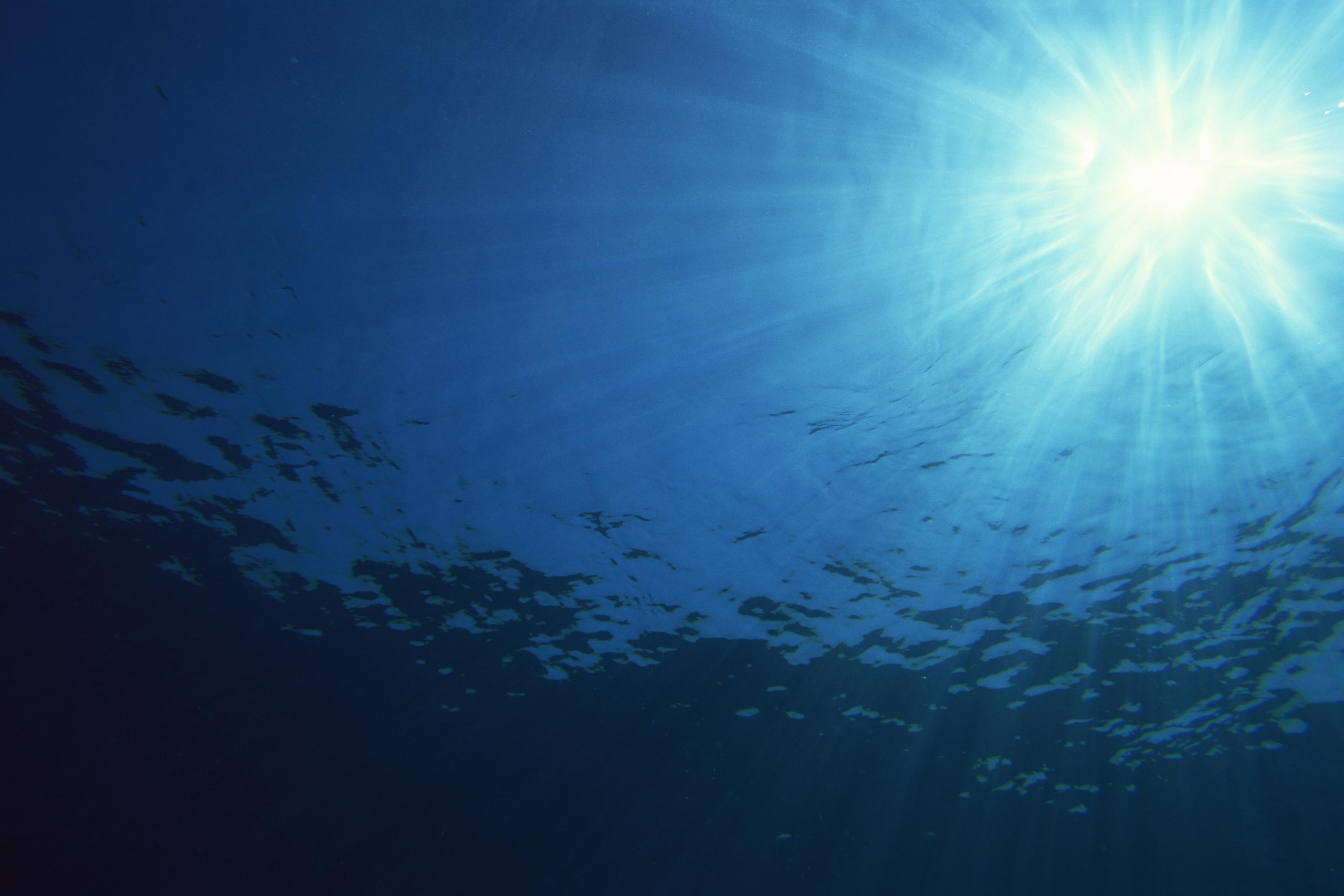Roughly two-thirds of the world’s oceans lie beyond national boundaries in an area known as the “high seas” — yet only about 1 percent of that vast and largely unexplored expanse has been protected.
Now, after two decades of planning, intense negotiations and a final 36-hour marathon session, countries have agreed on the first-ever United Nations treaty to protect the high seas.
Ashleigh McGovern, who co-leads Conservation International’s Center for Oceans, explains why this treaty could help stem the biodiversity and climate crises — and what needs to happen before it can be implemented.
Let’s start by talking about what the new treaty does and doesn’t do.
The treaty provides the legal framework for countries to create marine protected areas and other area-based management in the high seas — these are basically huge expanses of water that are set aside for conservation. That’s never been possible before. The treaty also allows for environmental assessments to help evaluate the potential damage of commercial activities in the high seas, like deep-sea mining. And it enables developing countries to equitably benefit from newly discovered “marine genetic resources” — that’s material from marine life that’s valuable for scientific research. For example, recently compounds found in sponges and sharks — have been used in drugs to fight COVID-19.
What it doesn’t do, at least not yet, is put any protected areas into place. Countries now need to finalize the language of the treaty and negotiators need to go back to their governments to formally adopt it. About 60 countries will need to ratify the treaty before it can go into force, and the hope is to fast-track this in the way that the Paris climate agreement’s ratification was fast-tracked back in 2016.
What makes the treaty so significant?
It’s a game-changer for the oceans. The high seas cover half the planet and until now were essentially the Wild West, with little oversight or regulation. That left a huge expanse of ocean vulnerable to overfishing, pollution and the impacts of climate change.
The treaty is an important step toward achieving the global goal of protecting at least 30 percent of our oceans by 2030 — a commitment known as “30 by 30,” which is seen as critical to confronting the biodiversity crisis. To reach it, we need to protect about 11 million square kilometers [4 million square miles] of ocean each year — that’s nearly the size of the United States and Mexico combined. Without this treaty, we didn’t have a fighting chance. Now we do.
This treaty also has implications for our climate. The ocean absorbs carbon and roughly 90 percent of the heat generated by fossil fuel emissions. It plays a critical role in regulating our climate and buffering against the worst impact of global heating. We know that reducing stresses from unsustainable human activities makes the ocean more resilient to climate change, and better able to cope with its impacts.
What happens next?
We’re really focused on supporting the treaty’s ratification and implementation — figuring out how to put this legal framework into practice. Conservation International is part of the High Seas Alliance, a coalition that has worked for many years to provide advocacy, political outreach and technical policy contributions to the treaty process. Together we’ll be turning our attention to supporting the ratification process.
We’re also a founding member of the Blue Nature Alliance, which is working to double the amount of ocean area under conservation. Through that partnership, we’re committed to providing the technical and financial support that countries and communities need to create and manage protected areas in all five oceans – including the high seas.
For example, we’ve identified several high-seas areas that are a priority for protection. One of these is the Salas y Gómez and Nazca ridges, a series of deep-sea mountain ranges off the coasts of Peru and Chile. A couple of years ago a group of ocean experts, including one of our scientists, conducted the first-ever comprehensive survey of this area and identified more than 120 species, many of which don’t live anywhere else on the planet. It’s a migration corridor for sharks, whales and turtles — and home to reef-building corals, which support thriving underwater gardens. Moreover, these waters have deep cultural significance: Polynesian voyagers crisscrossed them for thousands of years as they explored from the West Pacific to Rapa Nui.
We’re just starting to explore the marine life in this remote area. Because commercial fishing has been limited and seabed mining exploration has not yet started, we have a window of opportunity to protect it. In December, Conservation International helped assemble a workshop together with the Chilean government, scientists and members of civil society to review research, identify knowledge gaps and create a shared plan for a marine protected area there.
This high seas treaty has been a long time coming. For years, we’ve worked with partners to pave the way for it — and I’m incredibly hopeful that it will be ratified quickly so that we can protect as much ocean as we can, as quickly as we can. The wind is at our backs, the momentum is there; we have to put up our sails to catch the moment and get it done.
Further reading:
Vanessa Bauza is the editorial director at Conservation International. Want to read more stories like this? Sign up for email updates here. Donate to Conservation International here.
